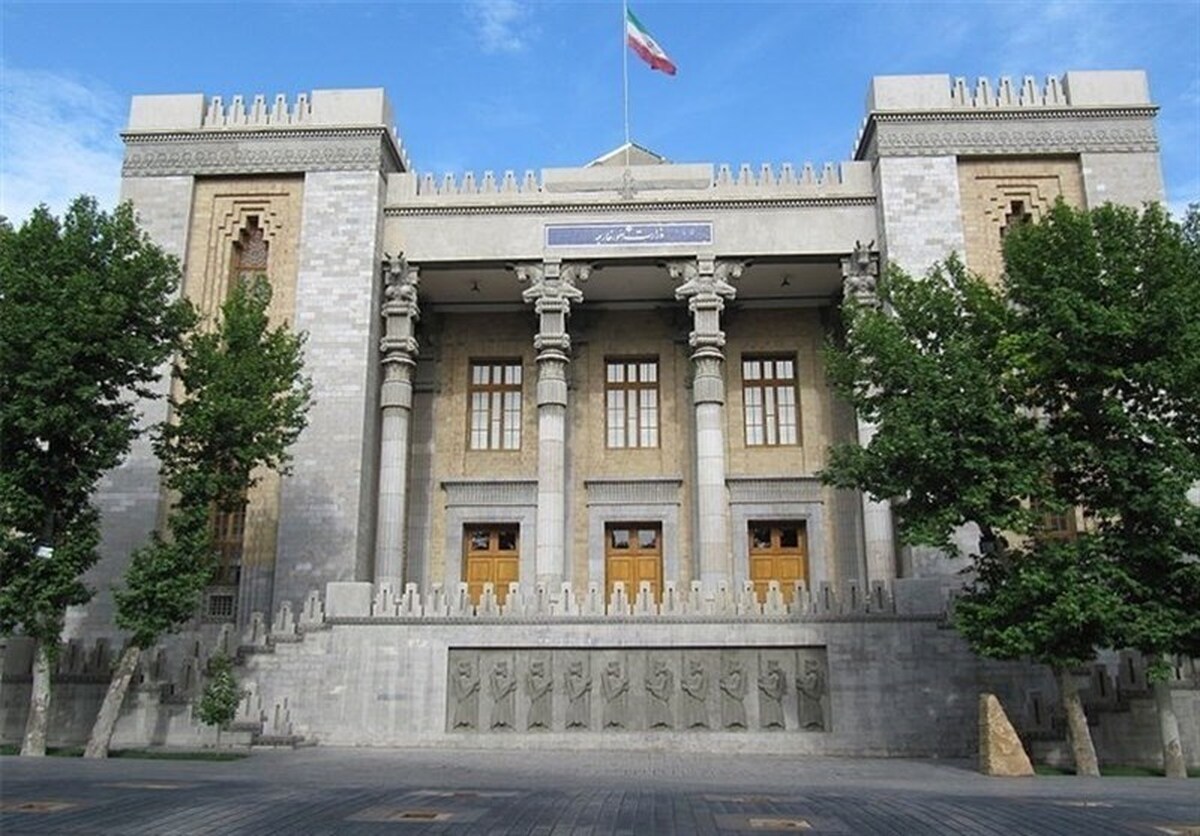
Rumors of Water Export to Persian Gulf Arab States Rejected
EghtesadOnline: The Energy Ministry has categorically denied claims that it is exporting water from Khuzestan Province to the Persian Gulf littoral states like Kuwait.
According to Seyyed Karim Hosseini, a lawmaker from Khuzestan, Kuwait and Iran were supposed to sign an agreement in 2003 to supply the desert emirate with 900 million liters of fresh water daily through a pipeline, but the contract was never concluded, ILNA reported.
“The water transfer project foresaw the construction of a 500-km pipeline to channel water from the Karoun and Karkheh rivers in southwestern Iran to Kuwait at a cost of $2 billion, but it never saw the light of day.”
Rejecting rumors on social media about exporting water to Kuwait, Hosseini said the arid province has been struggling with water paucity for long and information being spread via social media about transferring water from such an area to other countries is a blatant lie.
Kuwait depends almost entirely on seawater desalination for its fresh water requirements, which is sold to consumers at heavily subsidized prices. The oil-rich emirate produces around 1.3 billion liters of desalinated water daily and consumes almost all of it.
Hosseini noted that Afghanistan does not need to import water from Iran as it relies on Hirmand (aka Helmand) River, while Iraq meets its water needs from Tigris and Euphrates.
According to Farhad Izadjou, the head of Provincial Water and Electricity Company, Karkheh and Dez dams in the region now barely hold 4 billion cubic meters of water, while they collected more than 9 bcm of water last year.
Stressing that rice cultivation in the southern province should have been totally banned due to water shortage, he said, “We advised farmers to cultivate alternative crops such as pulses, sunflowers, soybeans and fodder, which are less water-intensive, but most of them did not pay attention.”
Izadjou noted that land under rice cultivation in Khuzestan has increased from 60,000 hectares in 2020 to 90,000 hectares at present.
“The condition is critical because a part of the water in dams [4 bcm] must be saved for use in fall for farming practices,” he added.


